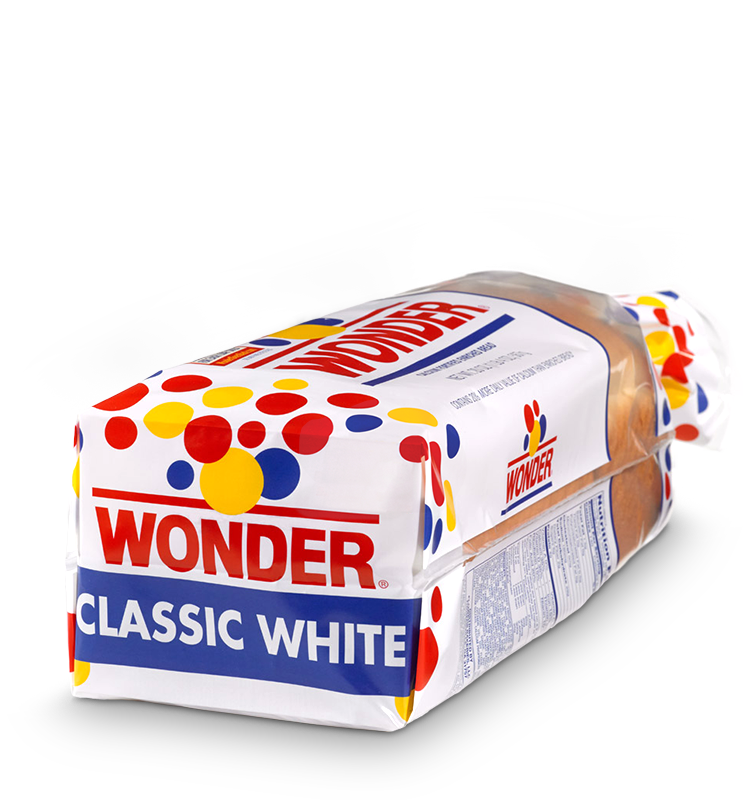Flowers Foods is capturing consumer trends
Consumer preferences with respect to food has changed significantly over the past generation. The archetype of legacy brands, Wonder Bread (Exhibit 1), which is owned by FLO describes its product distinction as:
“The name and colorful balloon images were inspired by the "awe and wonder" of an international balloon race held in Indianapolis that year. These colorful balloon images have been the cornerstone of the Wonder brand since 1921.”
The brand rung well with a number of generations, but it does not appeal to Millennials. Consumers today have become health conscious and favor food they believe to be “wholesome” and “local.” Corporate logos like that of Wonder Bread no longer serve to inspire trust. The packaging hides the bread from the consumer’s view, as if there is something to hide. Colorful balloon images are no longer selling points. The brand conjures thoughts of “processed food” and “unhealthy ingredients” among Millennials.


Contrast this with Dave’s Killer Bread (Exhibit 2), which FLO recently acquired. The packaging is transparent so the consumer immediately sees the bread. The labeling focuses on “organic” and non-GMO; distinctive flavors such as “seeded honey wheat;” and protein, fiber, and OMEGA-3 nutrients. The brand carries numerous flavors that range from “Blues bread with blue cornmeal crust” to “Powerseed sweetened with fruit juices” that conjure associations with high-quality independent bakeries.